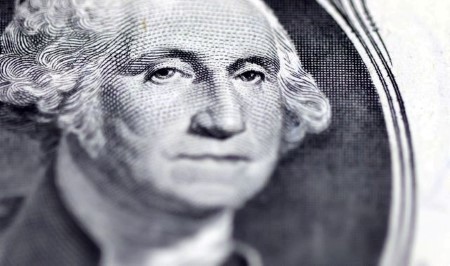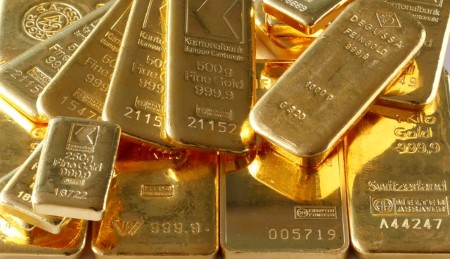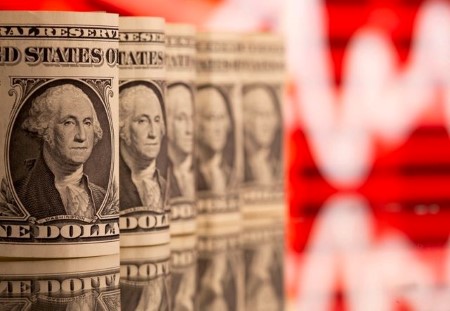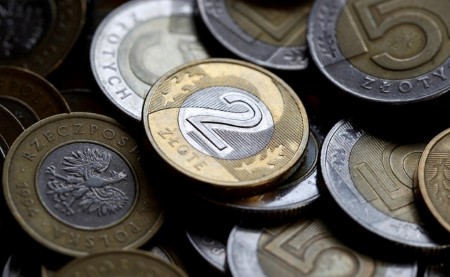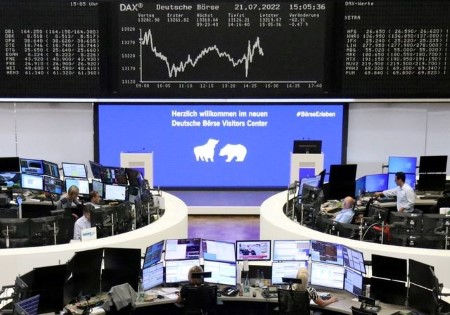HONG KONG, Aug 18 (Reuters) – Asian shares tracked lower on Thursday, in step with Wall Street’s losses, as even the prospect of a less aggressive Federal Reserve has still set the U.S. central bank on a path for interest rates to stay higher for longer.
The dollar rose overnight after the Fed’s July minutes pointed to a steady course of rate hikes ahead.
MSCI’s broadest index of Asia-Pacific shares outside Japan was down 0.22%, after U.S. stocks ended the previous session with mild losses. The index is up 1.3% so far this month.
Hong Kong’s Hang Seng Index .HSI was down 0.45% while China’s blue chip CSI300 .CSI300 was off 0.33%.
The Federal Reserve’s minutes for its July meeting showed it was contemplating paring back the pace of future rate hikes in line with a slowdown in inflation but saw “little evidence” yet that pressures were easing.
Investors interpreted the minutes as a sign the U.S. tightening cycle could be less aggressive than forecast but showed Fed policymakers committed to raising rates till prices come under control.
“Stocks were volatile as traders assessed the latest Fed meeting minutes, which showed that the central bank would continue its aggressive hiking campaign until it can tame inflation,” Ord Minnett analysts wrote in a research note.
“At the same time, the Fed also indicated that it could soon slow the speed of its tightening, while also acknowledging the state of the economy and risk to the downside for gross domestic product growth.”
The yield on the benchmark 10-year Treasury notes US10YT=RR rose initially in Asian trade but later retreated to 2.8749% compared with its U.S. close of 2.895% on Wednesday.
The two-year yield US2YT=RR, which rises with traders’ expectations of higher Fed funds rates, stood at 3.2681% compared with a U.S. close of 3.295%.
Higher yields helped strengthen the dollar which rose following the release of the minutes. However, in early Asian trade, the dollar index =USD gave up some of the overnight gains and was down 0.05% to 106.58.
The U.S. dollar index, which measures the dollar against a basket of six major currencies, is up about 0.8% this week — putting the brakes on a pullback that began about a month ago.
“The U.S. dollar got back onto a rallying tack … and did so with some force, making this week’s gains sizeable,” CBA analysts wrote.
“The world economy broadly looks to be a slower growing place, favouring the greenback.”
On Wednesday, the Dow Jones Industrial Average fell 0.5% to 33,980.32, the S&P 500 lost 0.72% to 4,274.04 and the Nasdaq Composite dropped 1.25% to 12,938.12.
The dollar rose 0.04% against the yen to 135.06 JPY. It is still some distance from its high this year of 139.39 on July 14.
U.S. crude CLc1 dipped 0.64% to $87.53 a barrel. Brent crude LCOc1 was down 0.52% to $93.16 per barrel.
Gold was slightly higher. Spot gold was traded at $1763.4532 per ounce.
(Reporting by Scott Murdoch in Hong Kong; Editing by Jacqueline Wong)



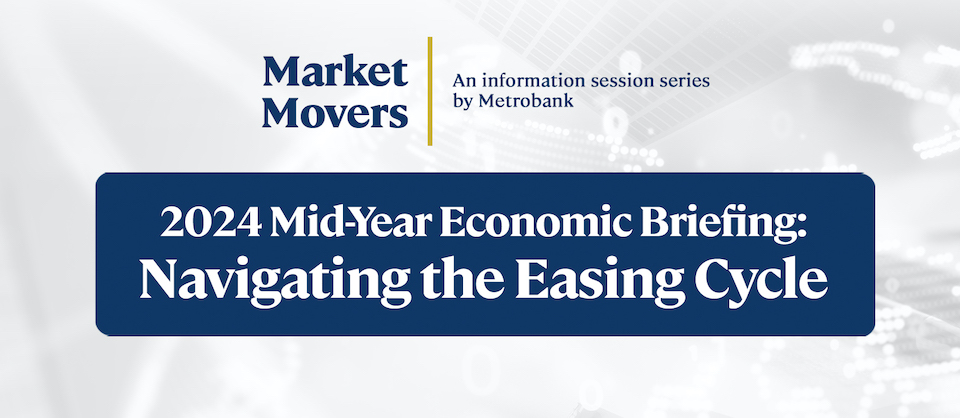


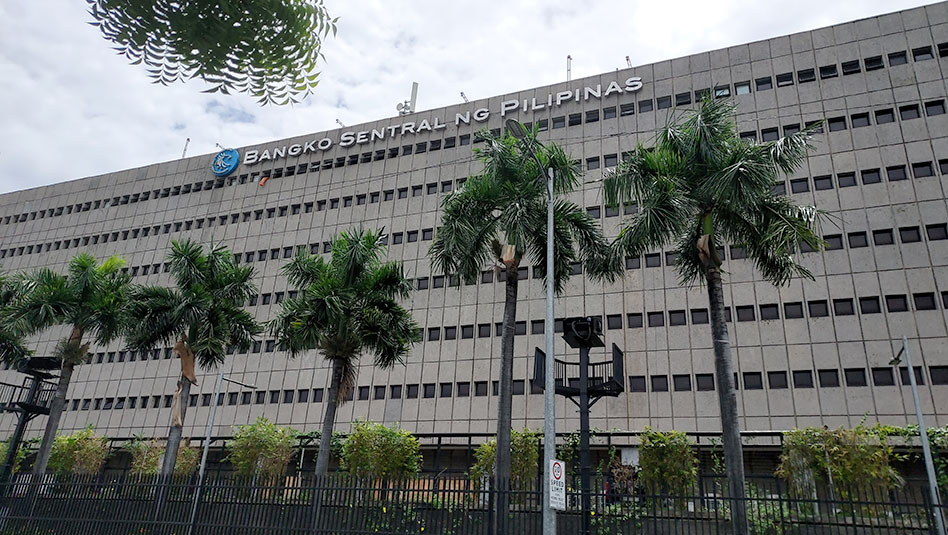
 DOWNLOAD
DOWNLOAD








